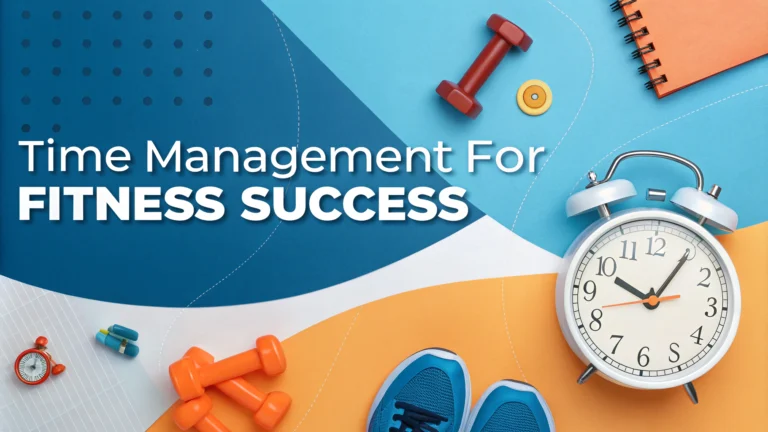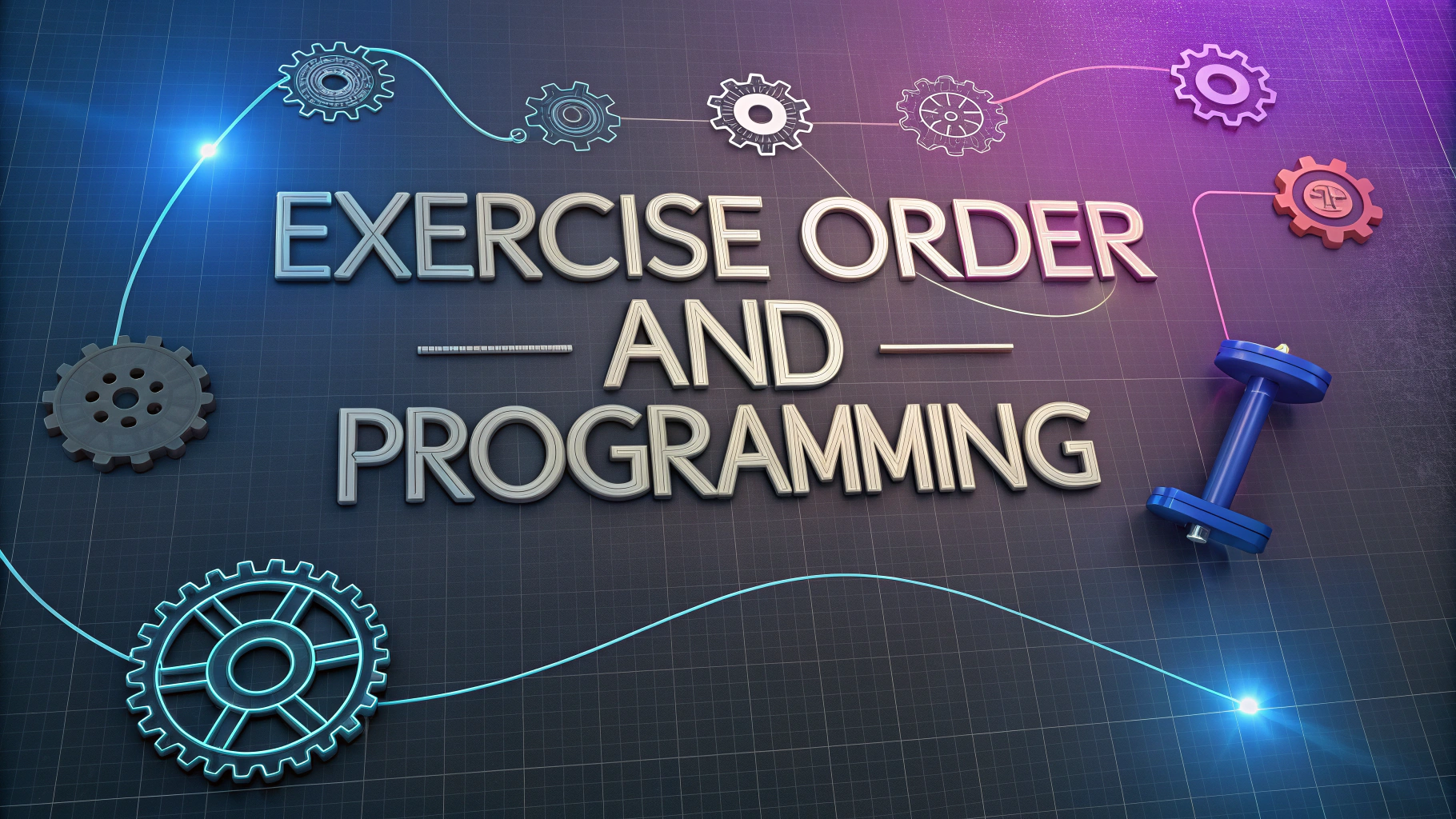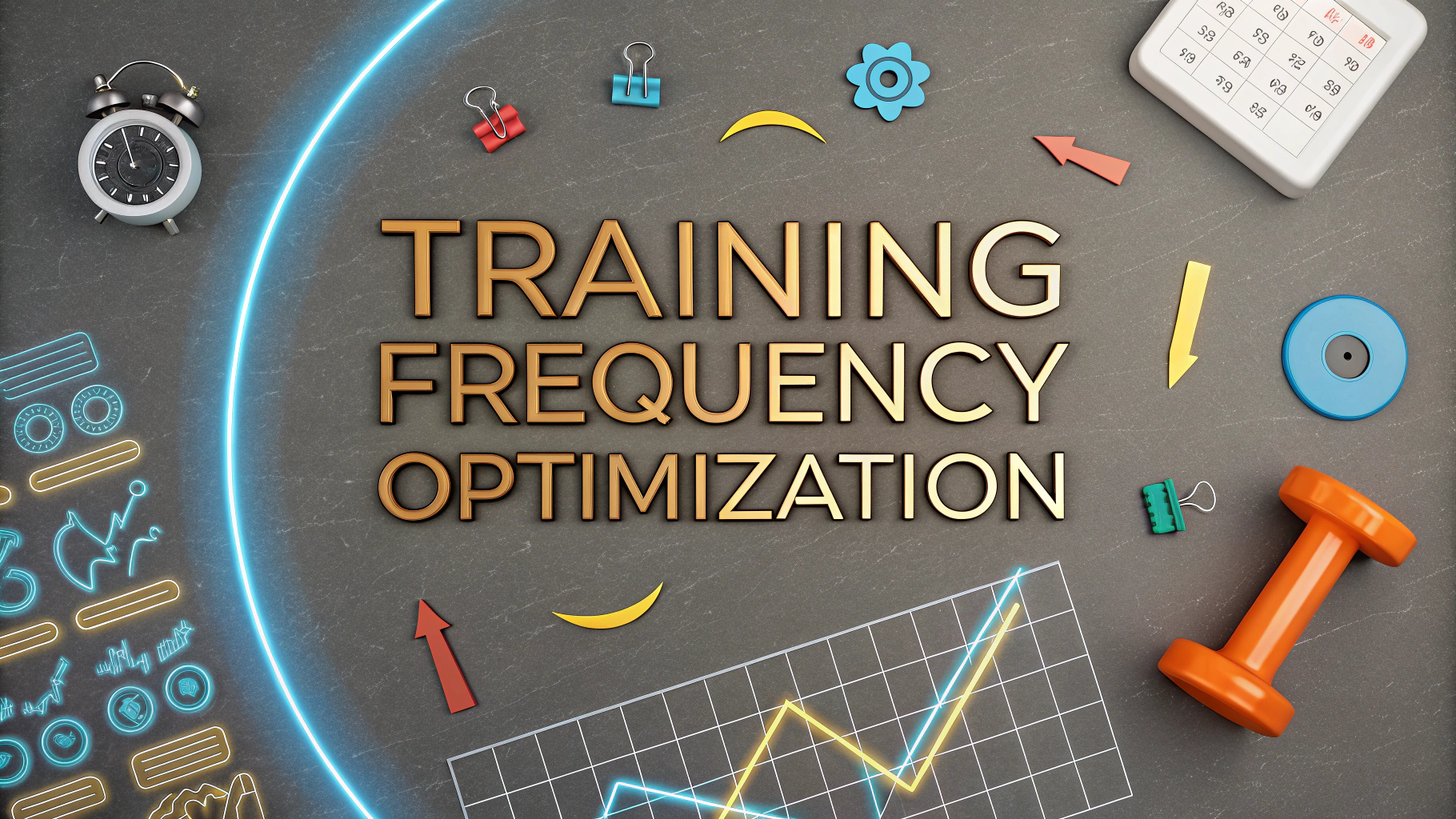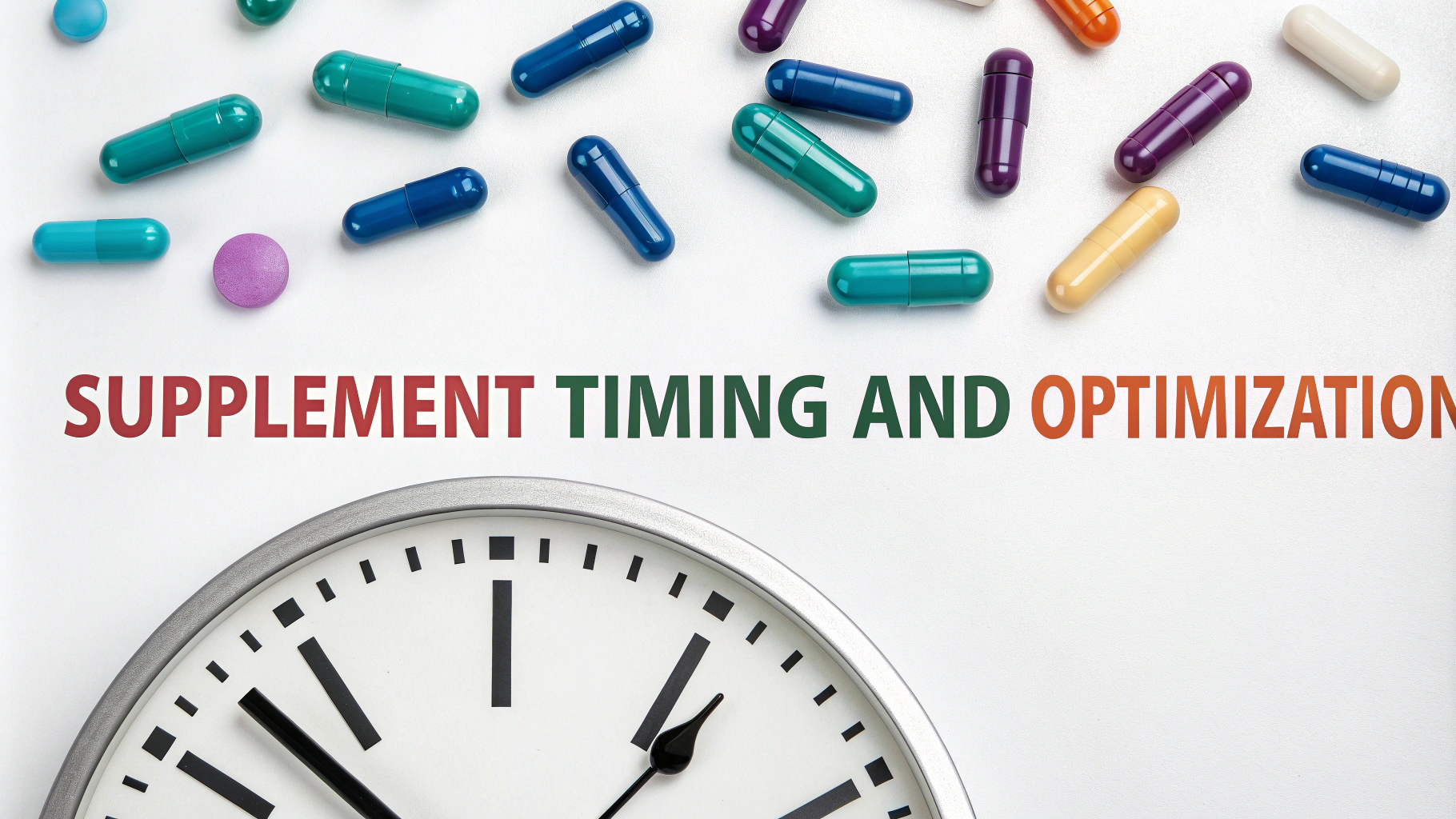Managing time for fitness can feel overwhelming when juggling work, family, and other commitments.
This guide breaks down practical ways to fit exercise into your busy schedule without sacrificing other important aspects of your life.
Quick Time-Saving Strategies
- Pack gym clothes the night before
- Schedule workouts like meetings
- Keep a gym bag in your car
- Plan meals for the week ahead
Sample 30-Minute Workout Schedule
| Time | Activity |
|---|---|
| 5 minutes | Dynamic warm-up |
| 20 minutes | Main workout |
| 5 minutes | Cool down stretches |
Making Every Minute Count
Short, high-intensity workouts can be more effective than longer, low-intensity sessions.
Try these time-efficient workout formats:
- Tabata: 20 seconds work, 10 seconds rest
- HIIT: 30 seconds work, 30 seconds rest
- Circuit training: minimal rest between exercises
Meal Prep Shortcuts
Prepare these quick, healthy options:
- Overnight oats for breakfast
- Mason jar salads for lunch
- Pre-cut vegetables for snacks
- Batch-cooked proteins for dinner
Technology Tools
Use these apps to streamline your fitness routine:
- MyFitnessPal – meal tracking
- Strava – workout tracking
- Nike Training Club – guided workouts
Getting Professional Help
Consider working with these professionals to optimize your time:
- Personal trainer for efficient workout design
- Nutritionist for meal planning (Find a Registered Dietitian)
- Health coach for accountability
Remember that consistency beats perfection – even 15 minutes of exercise is better than none.
Track your progress using a simple fitness journal or smartphone app to stay motivated.
Start with small changes and gradually build up to more complex routines as you develop better time management skills.
Finding Hidden Exercise Opportunities
- Take stairs instead of elevator
- Walk during phone calls
- Do desk exercises between meetings
- Park farther from entrances
- Use a standing desk or treadmill desk
Weekend Preparation Tips
Sunday Setup
- Plan workouts for the week
- Grocery shop for healthy options
- Prep workout clothes and gear
- Batch cook main proteins
Family Integration Strategies
- Family bike rides or hikes
- Active playtime with kids
- Partner workouts
- Sports activities together
Work-Life-Fitness Balance
Combine activities when possible:
- Walking meetings
- Lunch break workouts
- Social sports leagues
- Active commuting options
Conclusion
Success in fitness while managing a busy schedule comes down to:
- Strategic planning and preparation
- Making use of small time blocks
- Combining fitness with other activities
- Using technology and support systems effectively
- Maintaining realistic expectations and consistency
Focus on progress over perfection and remember that small daily actions lead to significant long-term results.
FAQs
- How much time should I dedicate to exercise each week for optimal fitness results?
The CDC recommends 150 minutes of moderate-intensity or 75 minutes of vigorous-intensity aerobic activity weekly, plus 2-3 strength training sessions. - What’s the best time of day to exercise for maximum effectiveness?
The best time is when you can consistently commit to it. Morning workouts may boost metabolism and improve adherence, but afternoon workouts often align with peak body temperature and performance. - How can I fit workouts into my busy schedule?
Break exercises into shorter 10-15 minute segments throughout the day, schedule workouts like meetings, prepare gym clothes the night before, and utilize lunch breaks for quick sessions. - Should I prioritize cardio or strength training when time is limited?
Both are important, but combining them through circuit training or HIIT workouts can maximize time efficiency while providing both cardiovascular and strength benefits. - How long should I rest between workout sets to manage my gym time effectively?
Rest 30-90 seconds between sets for endurance training, 1-2 minutes for hypertrophy, and 2-3 minutes for strength training to optimize results while managing time. - What’s the minimum workout duration needed to see results?
Studies show that even 10-minute high-intensity workouts can improve fitness. Consistency matters more than duration, though 20-30 minutes is ideal for sustainable results. - How can I manage meal prep time efficiently while maintaining a healthy diet?
Batch cook meals on weekends, use a slow cooker, prepare overnight oats, and pack multiple days’ worth of snacks at once to save time while staying nutritionally on track. - What’s the optimal workout-to-rest ratio for recovery while maintaining progress?
Allow 24-48 hours between training the same muscle groups, with 1-2 full rest days per week, depending on workout intensity and fitness level. - How can I track my workouts efficiently without wasting gym time?
Use fitness apps, prepare workout plans in advance, and log exercises between sets. Consider super-setting exercises to maximize time efficiency. - What’s the best way to schedule workouts around work and family commitments?
Plan workouts during off-peak hours, involve family in physical activities, use home workout equipment when possible, and maintain a consistent weekly schedule.







